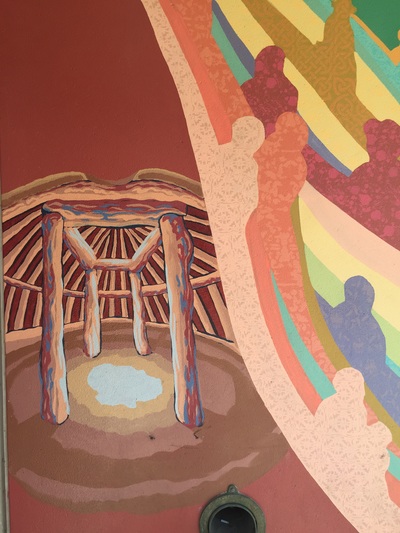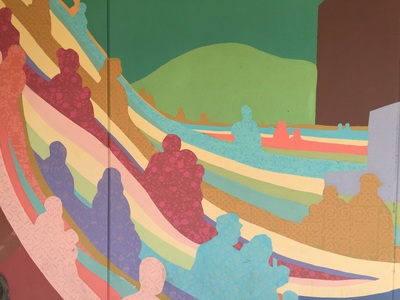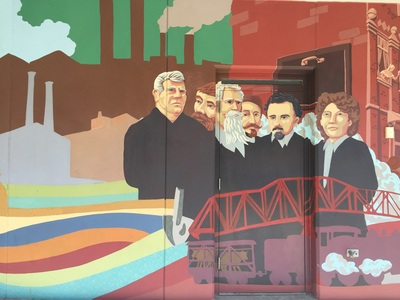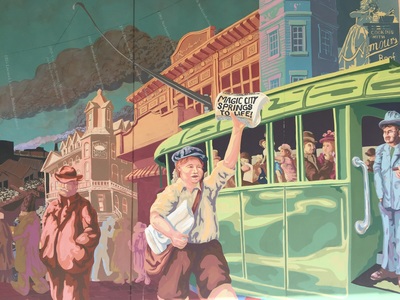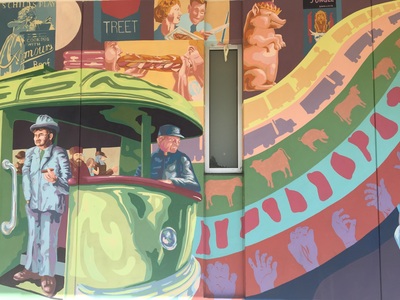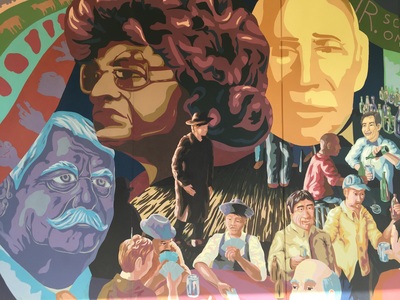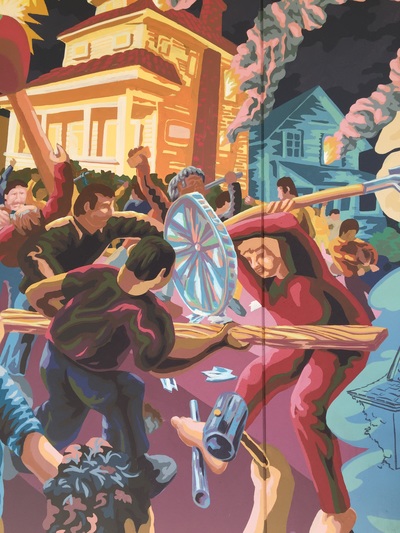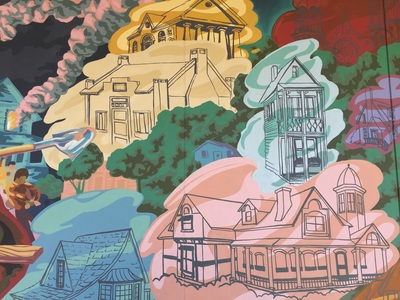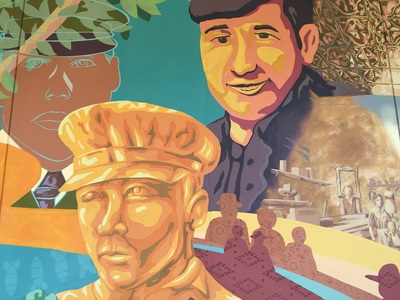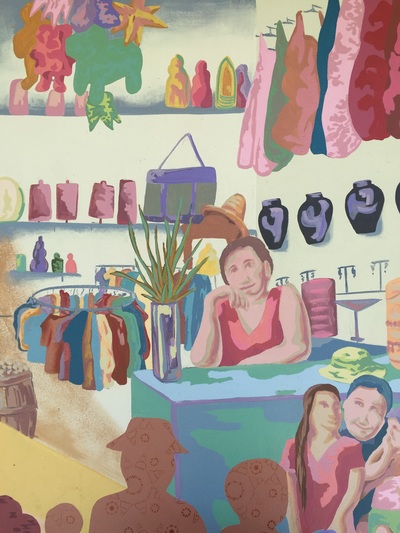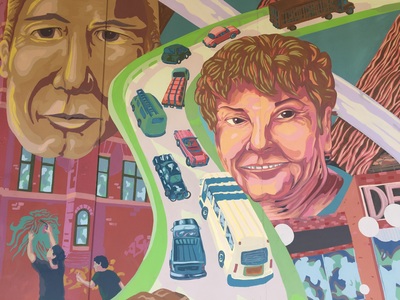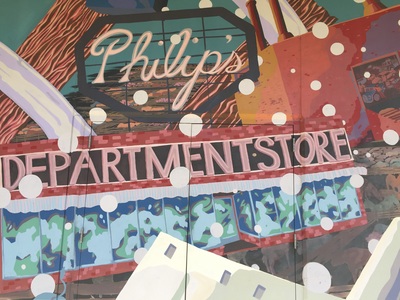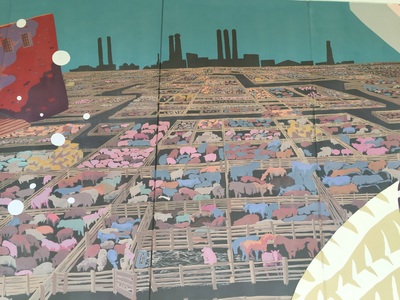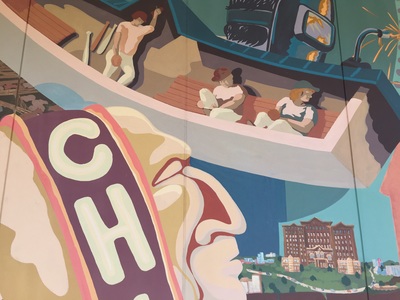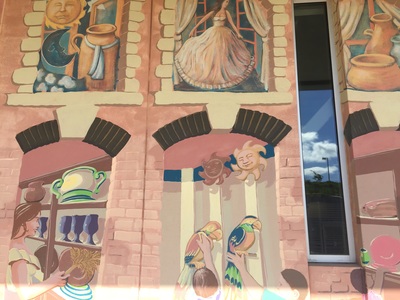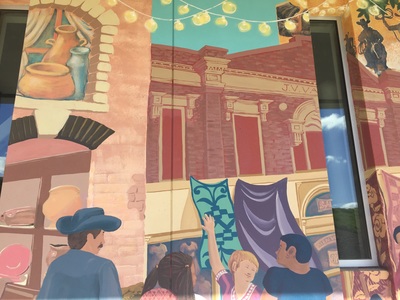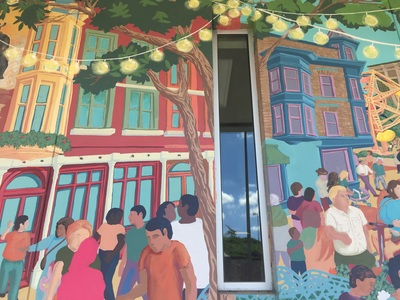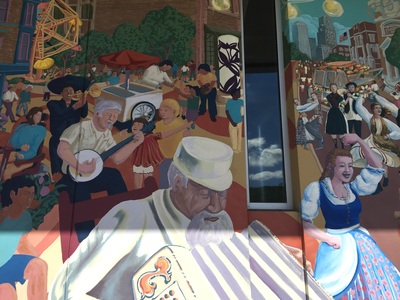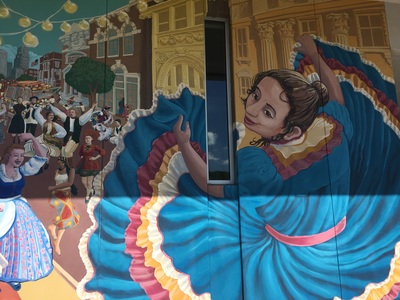Once known as the “Magic City,” the town of South Omaha exploded in population between the years of its founding in 1868 and its zenith as the site of the largest stockyards in the world. Since 1868, South Omaha grew exponentially; residents immigrated here from a host of countries in Europe and South America. The story of South Omaha is one of risk, dedication, perseverance, and above all, the grueling labor of immigrants. Growing out of the muddy gully of a wild west town, South Omaha became the center for the meat industry in the Midwest. While wealthy investors and exchange commissioners provided the framework for the economy of the stockyards to flourish here, it was the work of the labor forces that maintained this industry which provided the impetus for thousands of immigrants to settle here in hopes of creating a life that would provide for their children and offer them a better future.
Not only did the stockmen, slaughterers and meat packers contribute to the economy of South Omaha; they also fabricated the rich and diverse culture of our neighborhoods. Each neighborhood had its specialty shops, restaurants and bars, cultural centers, and places of worship that catered to the taste of home for our immigrant ancestors. But this cultural connectedness was not without conflict. Certainly territorial disputes, racism, and discrimination left a print on such a colorful city. While we may recall some dark days in our history, we also must acknowledge the common values of all the residents. It was because of the respect for hard work held by the men and women of the Stockyards and packing houses, that there was some measure of unity among the various ethnic groups who made South Omaha home. Reliance upon one another to contribute to the work made concern over race of little importance. Today we see the same values persevere among the residents today. Still largely an immigrant population, South Omaha is as diverse as it ever was. In the neighborhoods and business areas of the town, honor in labor, education, perseverance and concern for one’s neighbor are presented in the small businesses and family atmosphere of South Omaha.
Click below on the thumbnails to read more about the imagery on the mural.
